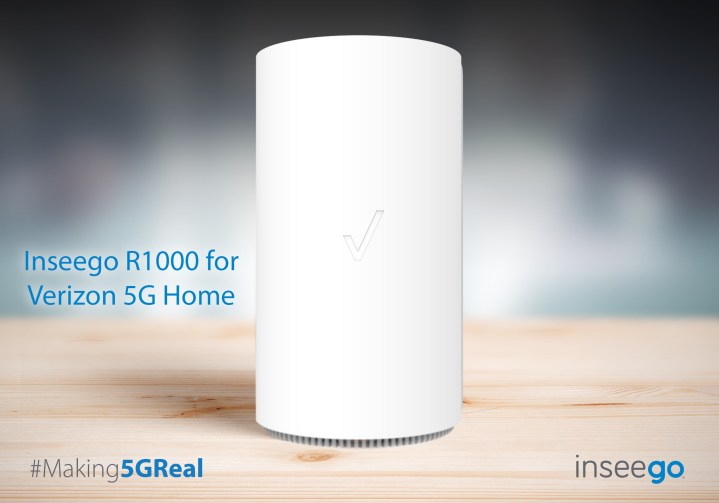
Verizon has finally detailed its plans to become the first carrier to bring gigabit internet speeds into the home through its fixed wireless 5G broadband service, Verizon 5G Home. Initially, Verizon will deploy its 5G Home service through a limited rollout in the Houston, Indianapolis, Los Angeles, and Sacramento markets. The service will cost $50 per month for customers with Verizon Wireless accounts and $70 without a wireless bundle starting on October 1.
“This monthly charge includes all taxes and fees, and does not require an annual contract,” Verizon said, noting that there are no data caps. Verizon claims that its unique network infrastructure, comprising end-to-end fiber resources, large deployments of small cells, and spectrum holdings, will help differentiate its network.
Like existing home broadband service, Verizon will send technicians to install the equipment (in contrast, T-Mobile claims its customers will be able to install their fixed wireless service without help). The carrier said that there is no charge for hardware, and internal and external equipment may be required, depending on your home. Early adopters will get perks, like free installation, a promotion with three months of free service, and a choice of free Chromecast or Apple TV 4K, along with three months of
Verizon initially launched its 4G LTE network nearly a decade ago, and with its
“Verizon
Verizon will begin taking signups for
With less latency and improved speeds,
Editors' Recommendations
- Visible’s affordable 5G plans just got even cheaper
- Does the Moto G Power have NFC?
- Does the Moto G Stylus have NFC?
- Have T-Mobile? Your 5G service is about to get much faster
- Your next phone could get a huge 5G upgrade, thanks to AI


